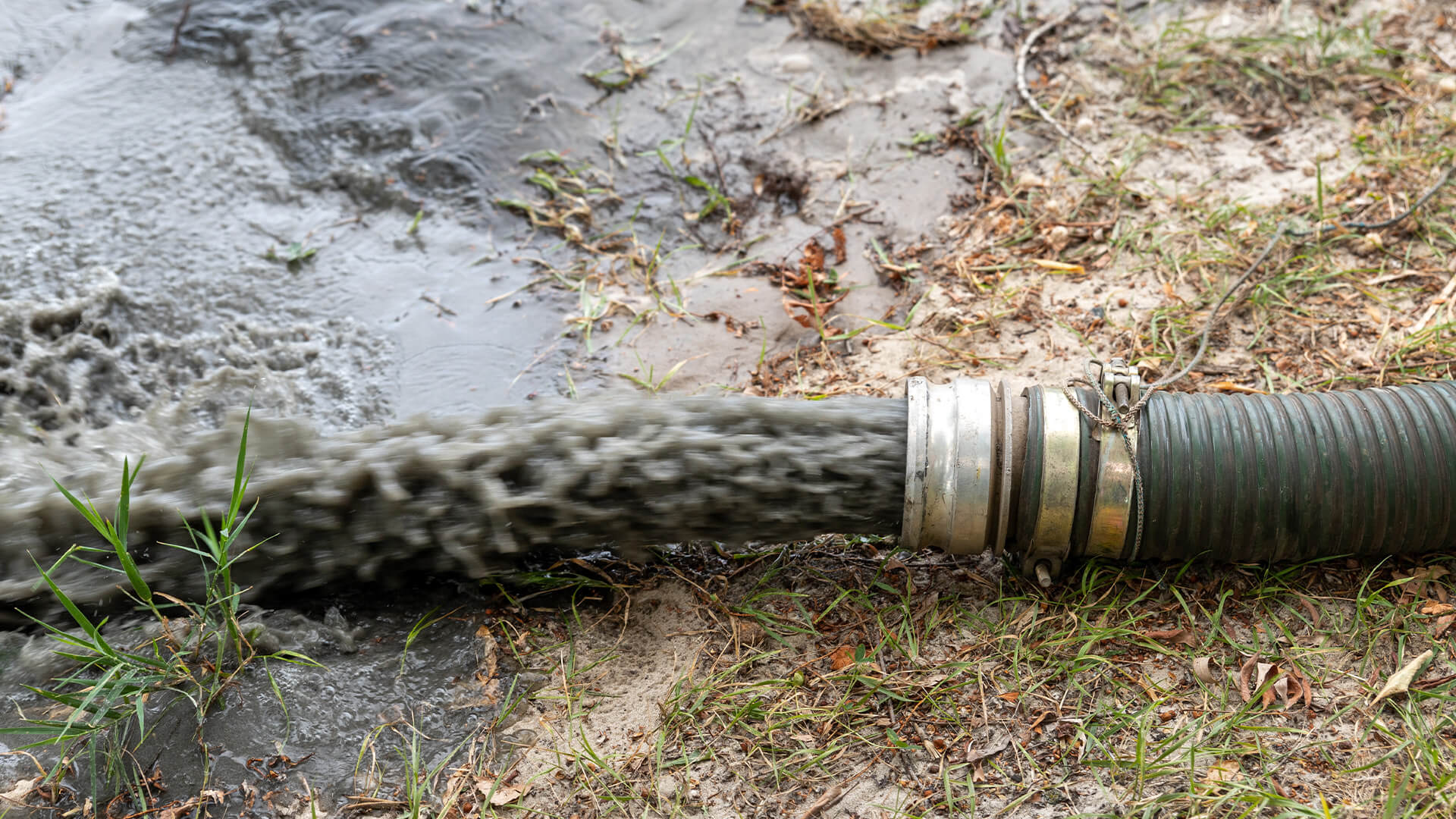When you’re trying to move large quantities of material be it liquid, gas, or solid, you’ve got your work cut out for you. Commonly, people turn to the process of pumping to help them take material from one place to another. Of course, not every substance responds well to standard pumping processes. If you’ve found yourself with a stubborn material that seems to refuse to budge, you might need to take your pumping to the next level. The following will explore a few helpful steps you can employ when dealing with a material that is tricky to pump.
Identify The Material
First and foremost, it’s a good idea to figure out exactly what it is you’re trying to move. It is common for people to want to move the by-products of their work, in which case you’ll probably know exactly what you want to move, but it’s also possible you’re dealing with an unknown substance impeding a construction project or project of another kind.
The chances are that at some point in the past, humans have moved the particular substance you’re interacting with. If you know what you’re trying to pump, you should be able to find a specialist or examples of movement processes that work online. Once you’ve determined the material, you can begin developing a course of action; sand pumping is different than concrete pumping. If you’re unable to identify the material on your own, call in a specialist who handles the broad category. For example, you might want to call a geologist for rock-like substances or a marsh biologist for something gooey you found in a wetland area.
Identify What Surrounds The Material
Figuring out what you’re trying to move is only half the equation. Once that’s done, you want to examine the surrounding area. Pumping things out of water is a wholly different thing than pumping them out of rocky terrain. Be sure to attempt to calculate the depth of the material if that’s possible so that you can figure out if you need any special tools to improve your reach.
Once Off Or Continuous
Figure out whether you’re going to need to pump regularly for the foreseeable future, or if the project is a once-only process. This will let you know whether you want to rent or buy a device and whether you want to do the work yourself, hire an independent contractor, or bring someone new onto your team in a permanent position. If hiring, begin that process as quickly as possible, as your new hire might like to be part of the remaining decision.
Seek Out The Right Pump
If you know what you’re pumping and what’s surrounding it, you have enough information to be searching for a pump. Pumps can be purchased or rented, and they come in personal and industrial sizes. Many will include the distances across which they can work in their product details. With a little bit of searching, you should be able to find a tool that can help you. There might also be estimations provided by the manufacturer in regards to the length of time it will take to pump the quantity you want to be pumped; this will allow you to have some sense of how long this project is going to take. If the right pump isn’t apparent to you, you can speak to a pump manufacturer.
Figure Out What To Do With The Pumped Material
When planning to pump, it’s important to think about what you’re going to do with the substance once you’re done pumping it. Is it the sort of thing that can just be moved a little out of the way? Or do you need to find someone who needs that particular material? Is it something that you can sell? If not, how are you going to dispose of it? Are there regulations about when and where you can leave this kind of material? You might have to look up local township laws.
Environmental Considerations
When you’re pumping anything, you want to take some time to think about potential environmental impacts. Will there be damage to ecosystems by removing this material or by getting the pump into the location? Are there endangered species in the area that you are legally required to protect? If the substance is one that contains toxins, what are the precautions you need to take to ensure that you don’t contaminate water or soil? Finally, you need to have someone watching over the pumping process at all times just in case there’s a leak or some other problem, and the pump needs to be turned off. Make any adjustments to your plans in reflection of this information.
Start Pumping
Once all the above information has been thought about and your plans made, you can begin the pumping process. Be sure to follow all manufacturer instructions and maintenance suggestions.
The above tips should help you sort out any tricky pumping you need to be handled. If this is part of a work project, be sure to research industry standards and regulations in addition to everything else that was mentioned.
































